
Paranormal activity in New York's theatre district, with ghosts that have haunted certain Broadway houses for decades, is not to be taken lightly. Skepti? Well, perhaps some of these stories will make you believe, if you read further in today's "Theatre Yesterday and Today."
My column from two days ago on some of the oldest and most beautiful Broadway theatres led me to think a bit more about the Belasco, named for impresario David Belasco, a major figure from a long-forgotten period of American theatre history. Originally the Stuyvesant, this 1,059 seat theatre first opened its doors in 1907, one hundred and thirteen years ago. It was with an operetta called A Grand Army Man, co-written by Belasco, who had built it to house his own productions. As a popular producer-playwright, he aided its architect, George Keister, in its design, not only the stage itself, but also a ten-room duplex penthouse apartment above it. Renaming the theatre for himself in 1910, the Belasco proudly stands today, its marquee for Girl from the North Country now itself a sort of ghost re: the days since Covid-19 forced all of Broadway to go dark.
Hence the telling of some ghost stories.

The Belasco boasts my favorite interior of all the Broadway theatres. Perhaps it’s because for years the gorgeous frescos and murals were hidden under layers of black paint. So that when a painstaking restoration was undertaken a few years ago, what was revealed underneath was nothing short of staggering. Although as an usher told me at a recent visit, some of the genuine Tiffany lamps were pilfered at some point, nothing can take away from the Shubert Organization making sure the theatre has been brought back to an approximation of its original prominence.

Of its first production, A Grand Army Man, what detective work I conducted yielded few results. What I found out is that it featured Jane Cowl, forgotten today, but at one time one of the most famous names to light up a Broadway marquee. In fact, she was also cast in the next tenant at the Belasco, Is Matrimony a Failure?, which showcased Cowl in what was her first leading role, helping to establish her as a major star. This was followed by another Cowl vehicle, The Gamblers, which opened at the Belasco in 1917. Over a thirty-seven-year career, she appeared in an impressive thirty-five Broadway shows; adept at playing Shakespeare with Juliet, Viola and Cleopatra among her favorite roles.

Yet it is not Jane Cowl's ghost that haunts this beautiful theatre. That distinction goes to its namesake, David Belasco.
Many actors who have played there will swear that they have felt the presence of Mr. Belasco, who was known to have used his gothic apartment above not only for bedding actresses, but for keeping a close eye on things below by way of a window through the floor that allowed him direct access to viewing what went on onstage. Here's a quote from a fun post offered at the Museum of the City of New York: "Immediately following his [Belasco's] death, actors and staff reported sights and sounds they could not explain... a perfectionist in life, Belasco’s ghost isn’t afraid to show his disapproval. Over the years, actors claim to have heard moans in the theater’s wings and had their dressing rooms upturned after a particularly bad performance."
In solidarity, all those who claim to have come in contact with the ghostly Belasco have seen him dressed in that priestly garb described above. It was his standard uniform that consisted of a cassock and clerical collar, thus becoming nicknamed both “The Monk” and the “Bishop of Broadway,” which I suppose helps spot him more easily in the afterlife. Almost twenty-five ago, when Ralph Fiennes and a British company of actors were appearing at the theatre in Hamlet, reports of odd sounds, curtains moving and sightings of Belasco were not uncommon.

And not only have stage folk spied Belasco's ghost over the years, but also that of his mistress, often referred to as "the Blue Lady," due to a colorful aura she gives off, described as an "icy blue mist." She is supposedly the ghost of a showgirl who died after falling down an elevator shaft. In a 2014 Playbill article, a TV and film actress (preferring to remain nameless) described "how her locked dressing room door opened while she was taking a shower. Upon investigating, she found the door still locked, but the bathroom steeped in a blue glow." In the same article, it is said that "actors stepping out on the stage unawares would suddenly notice a lone, dark figure sitting in the balcony, watching them intently. This ghost had a voice, too. He would walk right up to actors and shake their hands, telling them that they had done a fine job at a performance."
Daniel Breaker (most recently Aaron Burr in Hamilton on Broadway) was in the 2008 musical Passing Strange at the Belasco and was said to have had an encounter that unnerved him, describing how while putting on his makeup in his dressing room mirror he saw a white haired gentleman sitting behind him, watching. When Breaker spun around, the man was no longer there. Later when he told the theatre's house manager about it, he was informed that he'd just seen David Belasco.
And when Melissa Errico was performing in the epic flop Dracula the Musical, she told Playbill that "My dresser Cathy saw him walk in to a mirror the other day. She thinks he lives in the mirror in the wall outside my dressing room. One night I forgot my coat and I had turned out the lights in my room. I turned back to get my coat in the dark and someone (David?) turned the small pretty table light on for me to see my way. It was spooky! As I opened the door to leave, as I was walking out, ‘someone’ closed the door behind me. I didn’t touch it but watched it move.”
Working late one evening at the theatre, a plumber saw a pair of pants and shoes appear... only they had no one inside them. After that, he refused to work nights anymore.
The Belasco is also (apparently) not the only theatre that's haunted. I'm gathering more examples since the creepiness of Broadway ghosted at the moment leaves me feeling the time is ripe for more stories.
If you enjoy these columns, check out Up in the Cheap Seats: A Historical Memoir of Broadway, available at Amazon.com in hardcover, softcover and e-book. Also sign up to follow me here, and feel free to email me with comments or questions at Ron@ronfassler.org.

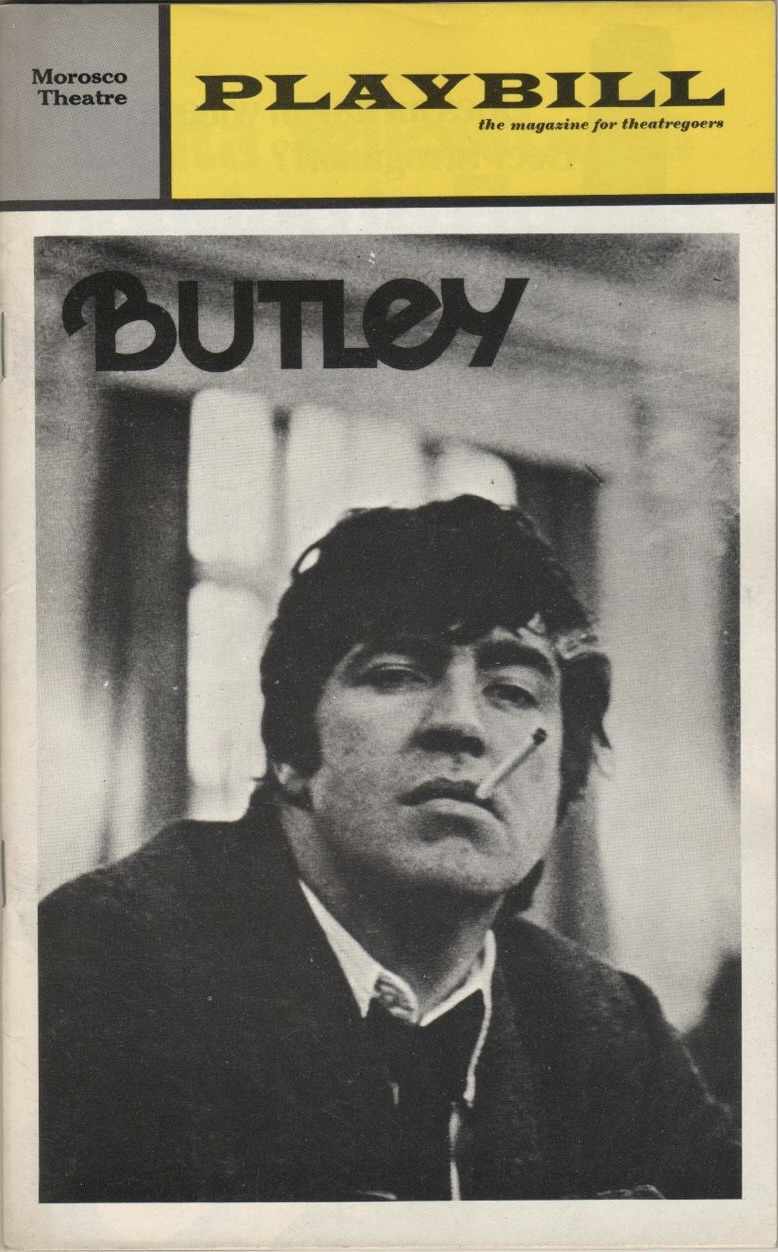
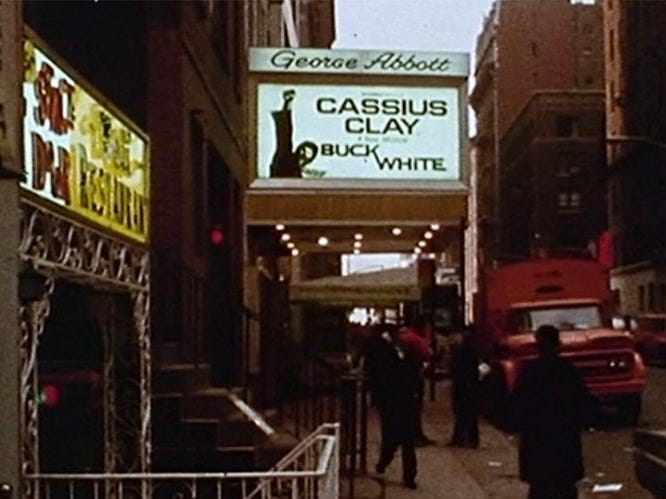

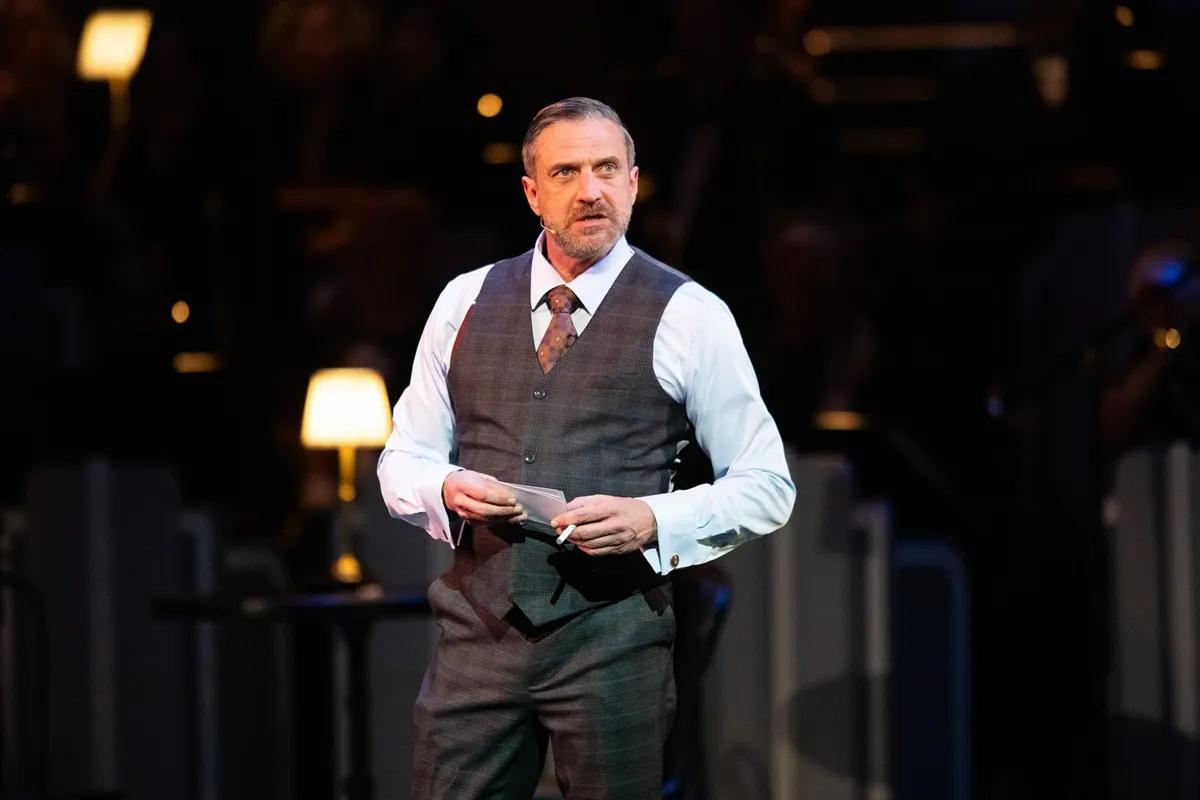

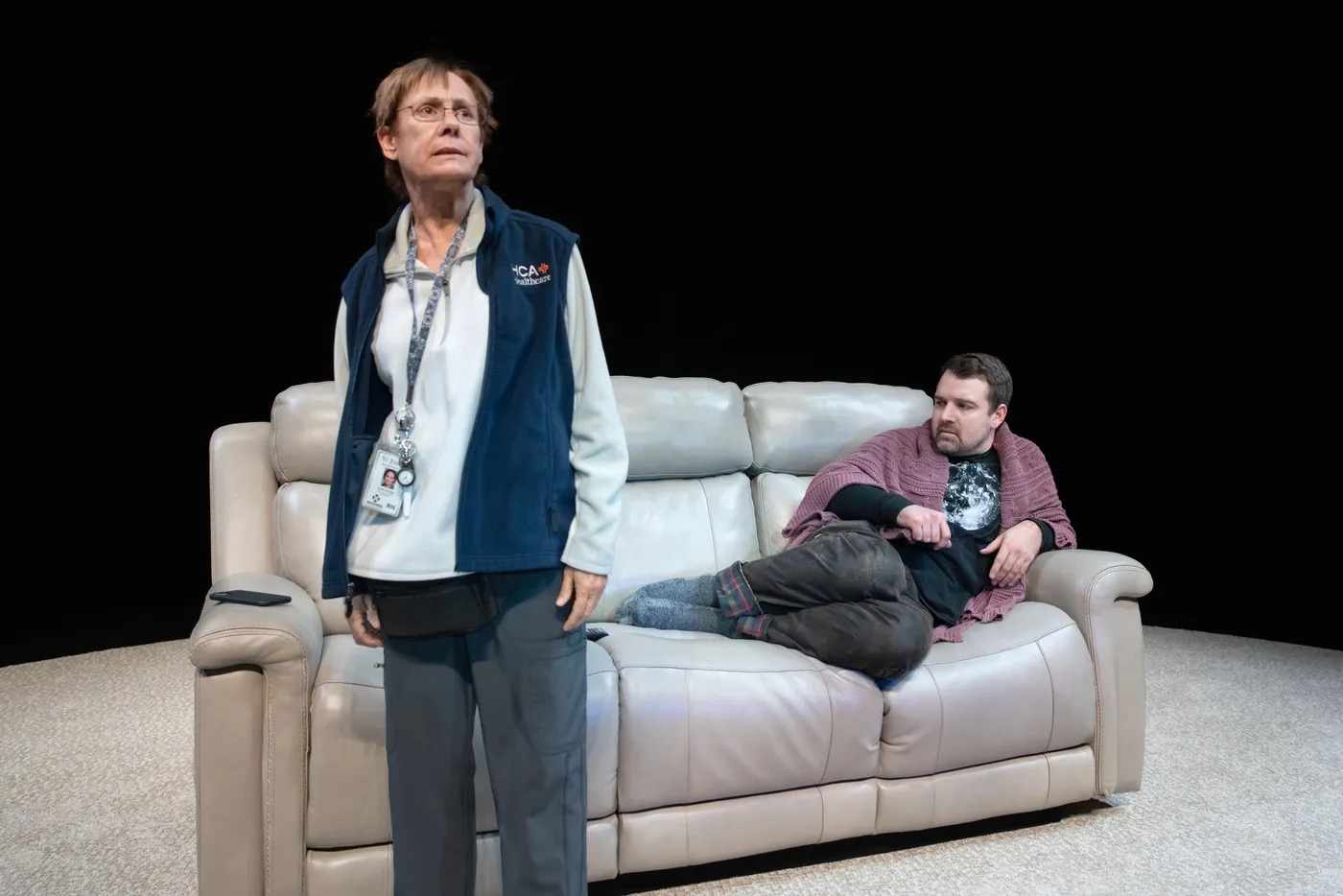


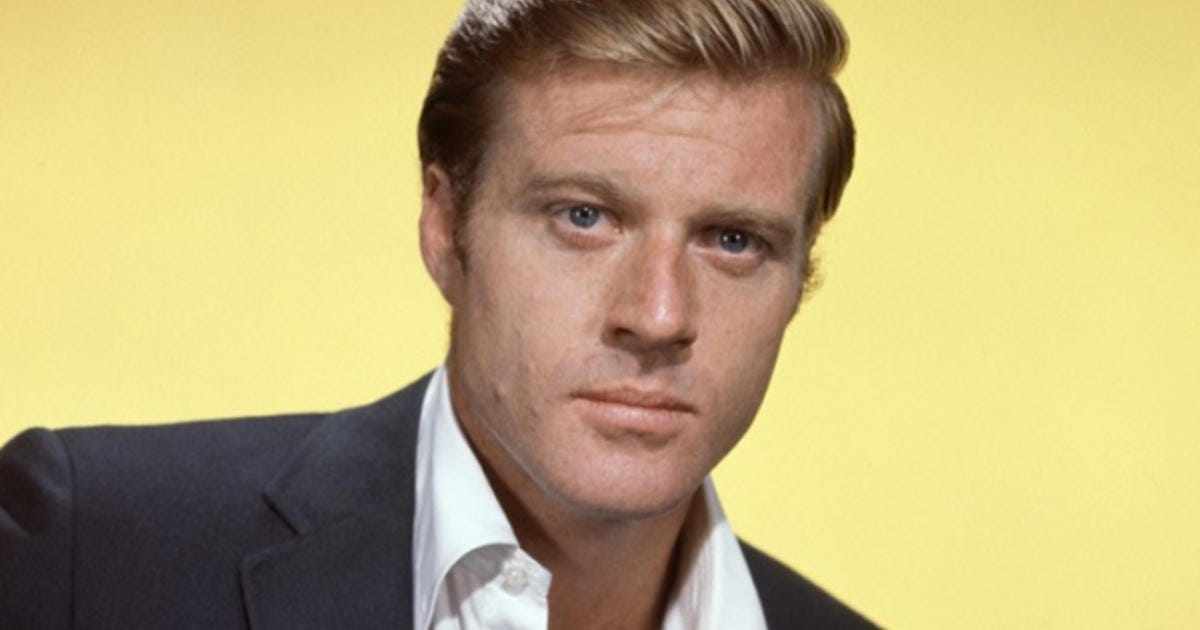
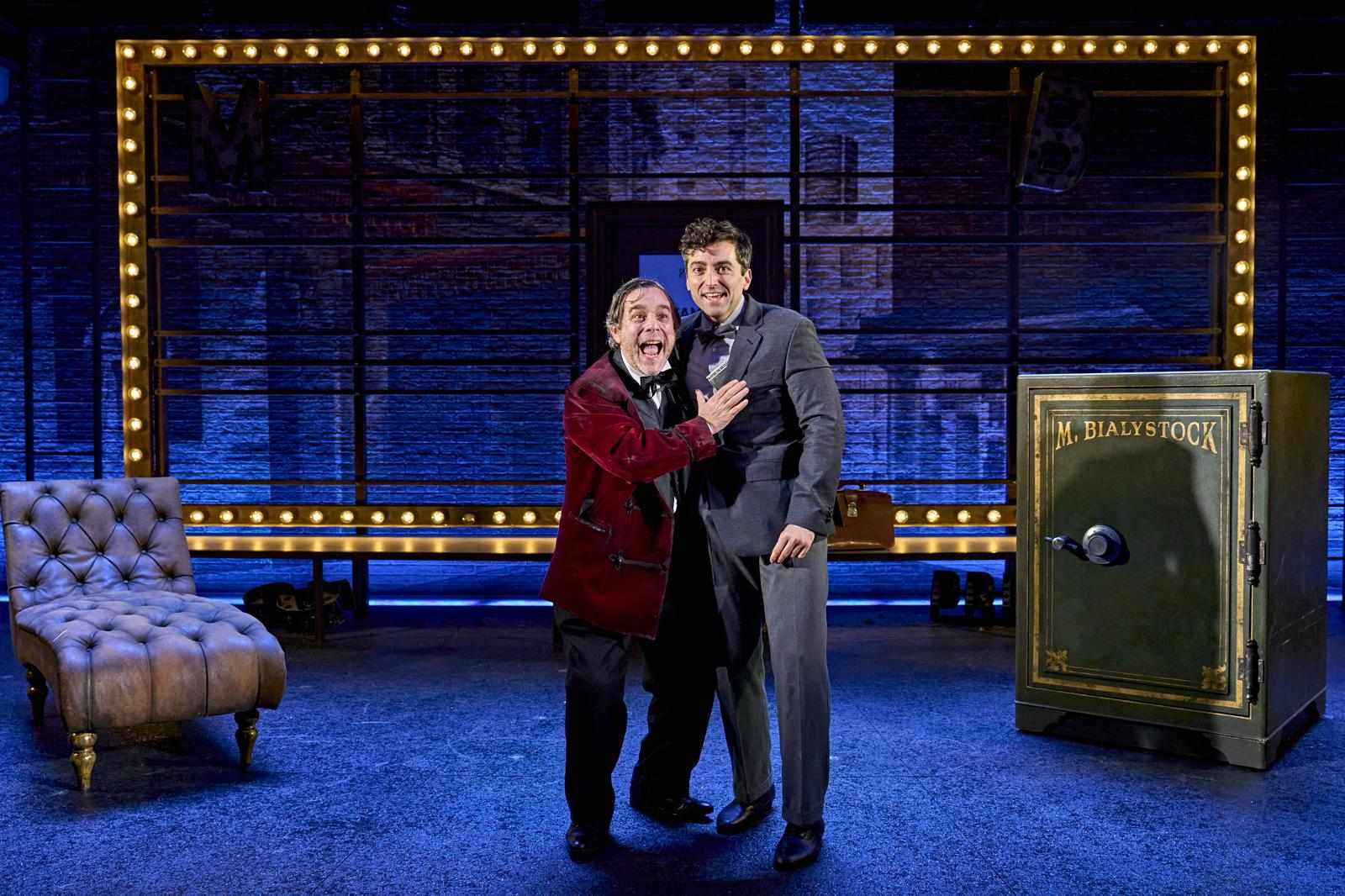
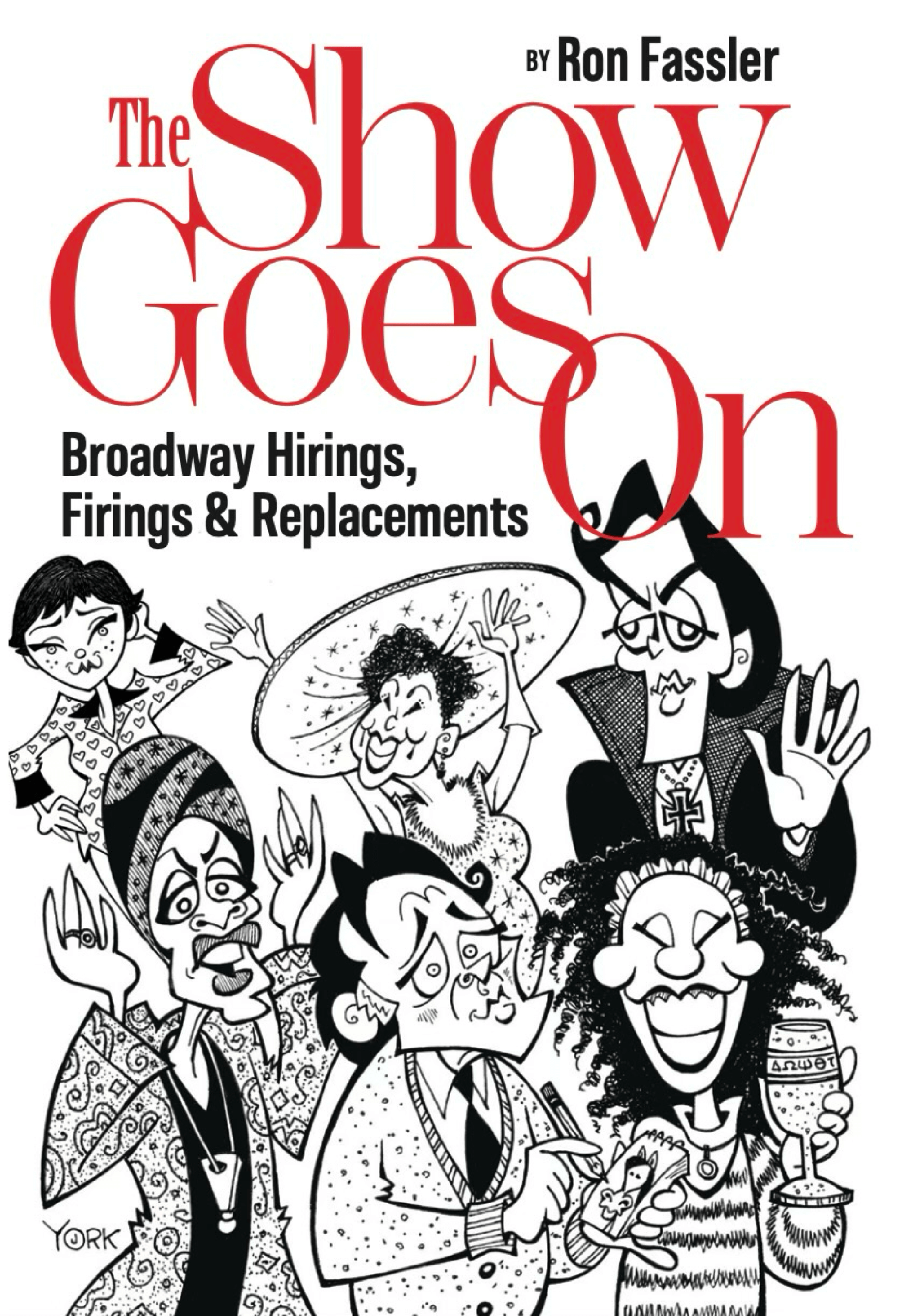

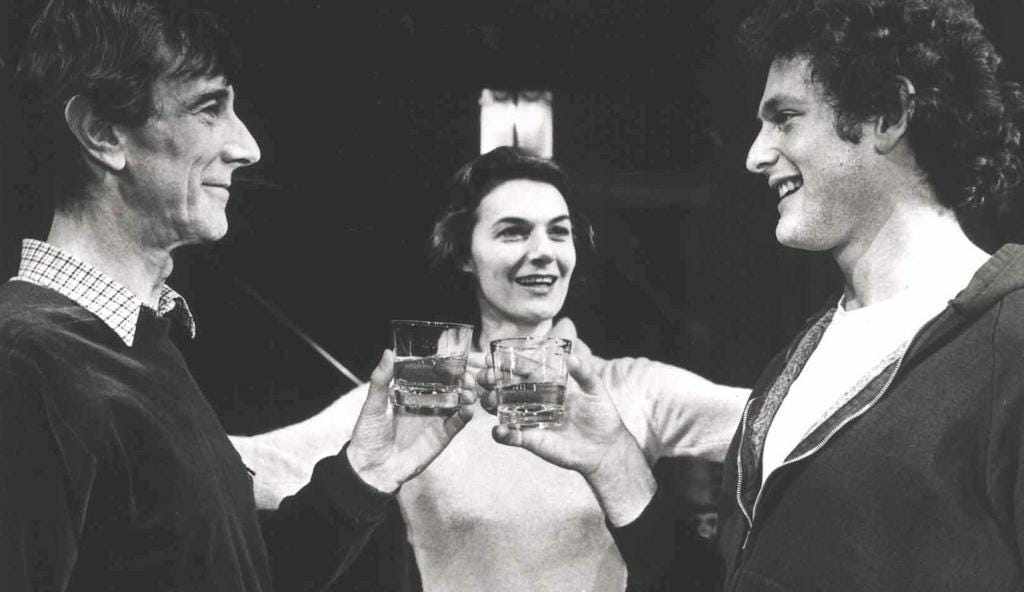





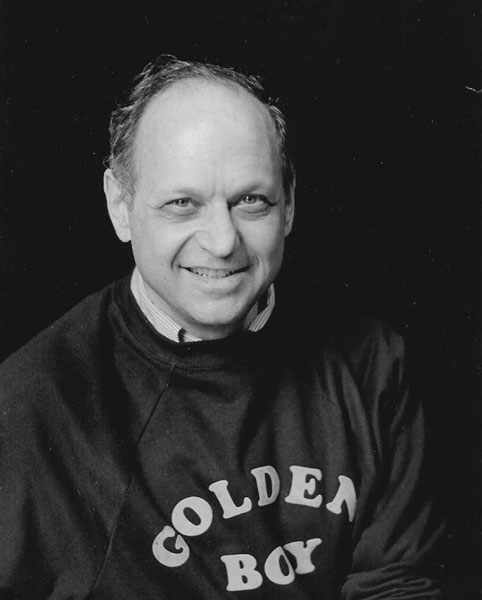

Write a comment ...